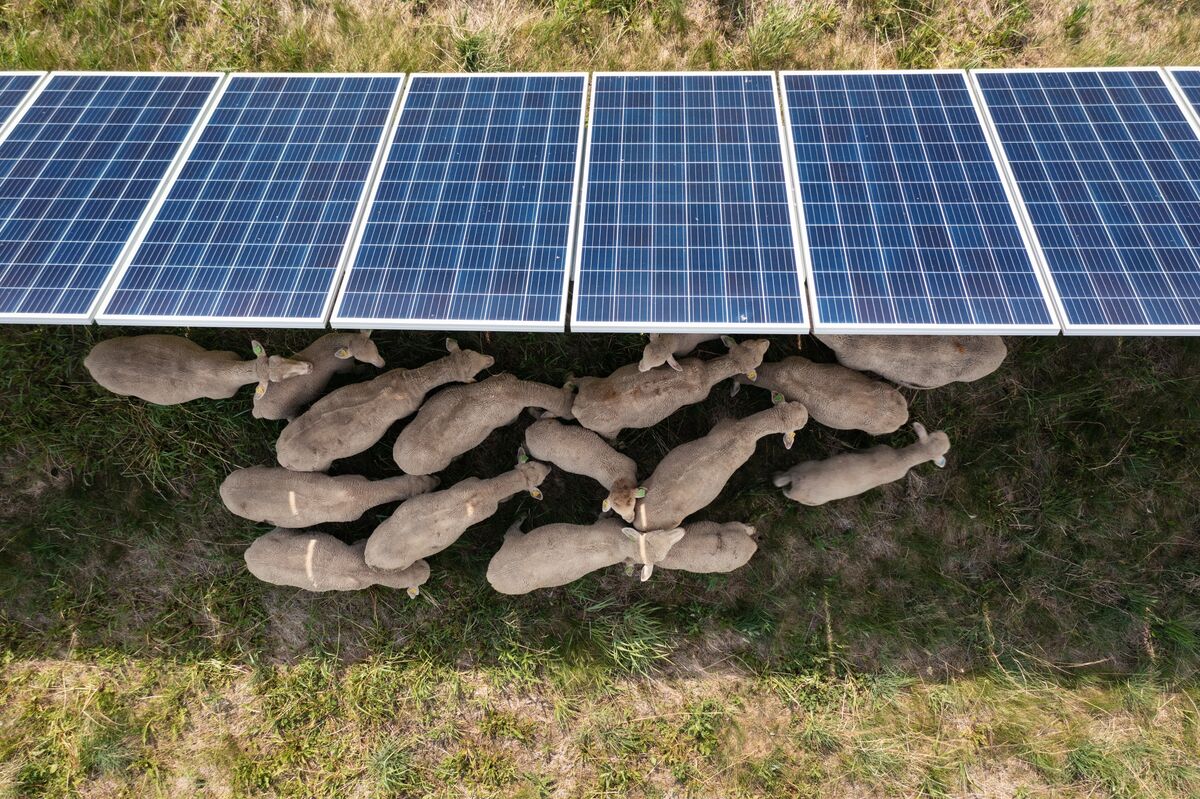It works for wind, too. Farmers can get a few thousand dollars per turbine per year by leasing out relatively small sections of their property.
In the right places, this can be incredibly reliable income if you’re renting your land for 30+ years, and doesn’t necessarily preclude certain types of farming on the same land. Sheep are very compatible with solar installations since they will naturally graze on vegetation that can affect the panels. Goats however are not compatible since they will eat electrical cables and jump on the panels!
Where I live in Ontario, there seems to be quite a bit of solar going up. The article mentions that ideally, the panels would be deployed on land that is marginal from the standpoint of agriculture. I’m not sure how much that is the case? I get the impression that proximity to power corridors and transfer stations is the main driver of where the solar actually goes.
The article mentions concerns about food security if too much agricultural land is given over to solar. I seem to recall similar arguments being made about corn diverted to make ethanol, and can’t help but think solar would still be a better use for the land than ethanol production?
I wonder if they could design a solar farm that would be relatively easy to move? Then you could put your panels on fallow land and rotate them around every year. Just a thought.
Moving your installation will probably not be worth it simply for the labor effort. However there is also benefits by combining them with traditional crops, as they help to protect the crops from cold winds and the hot sun in summer.




